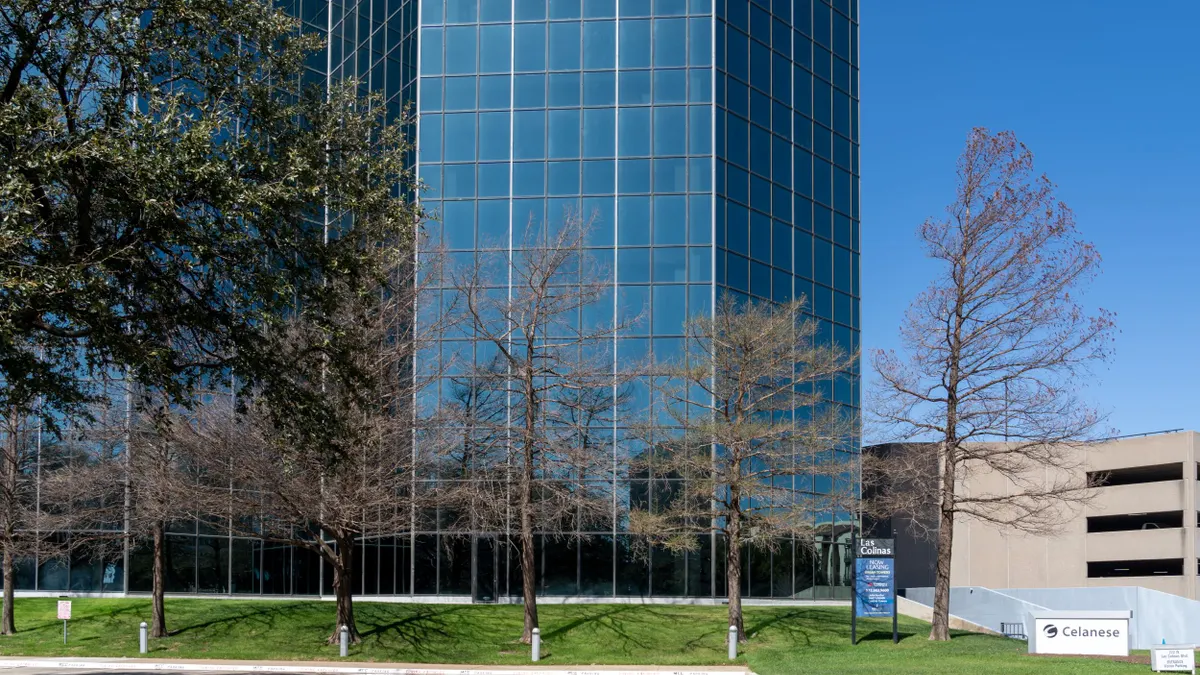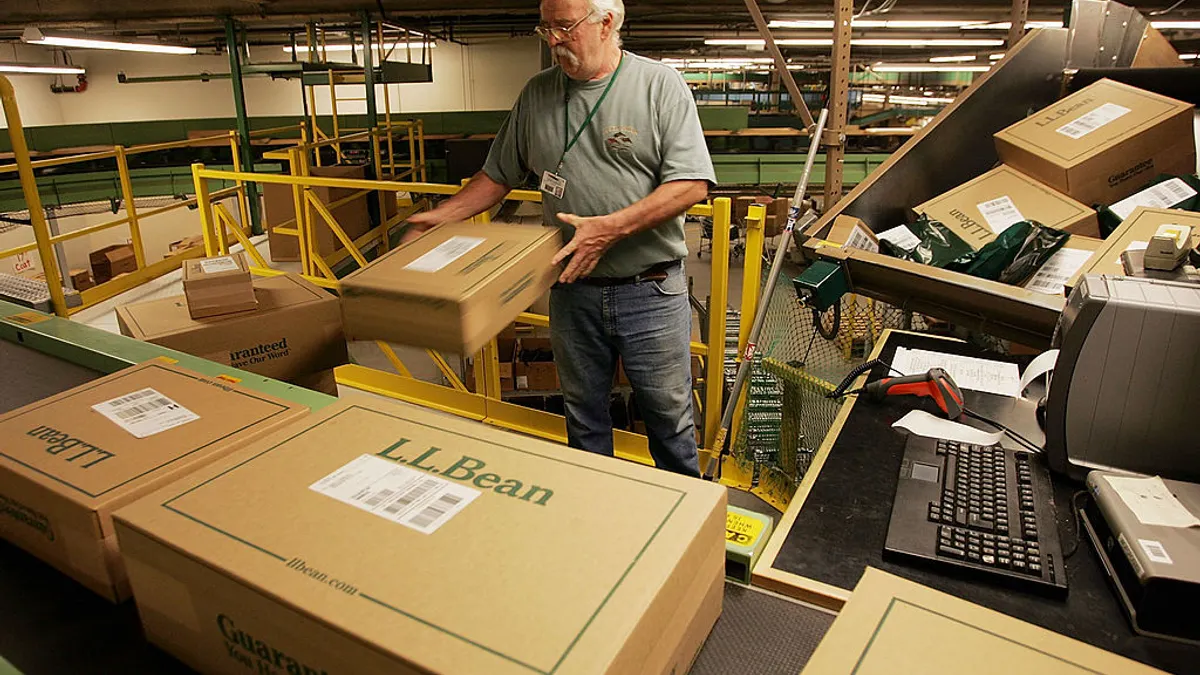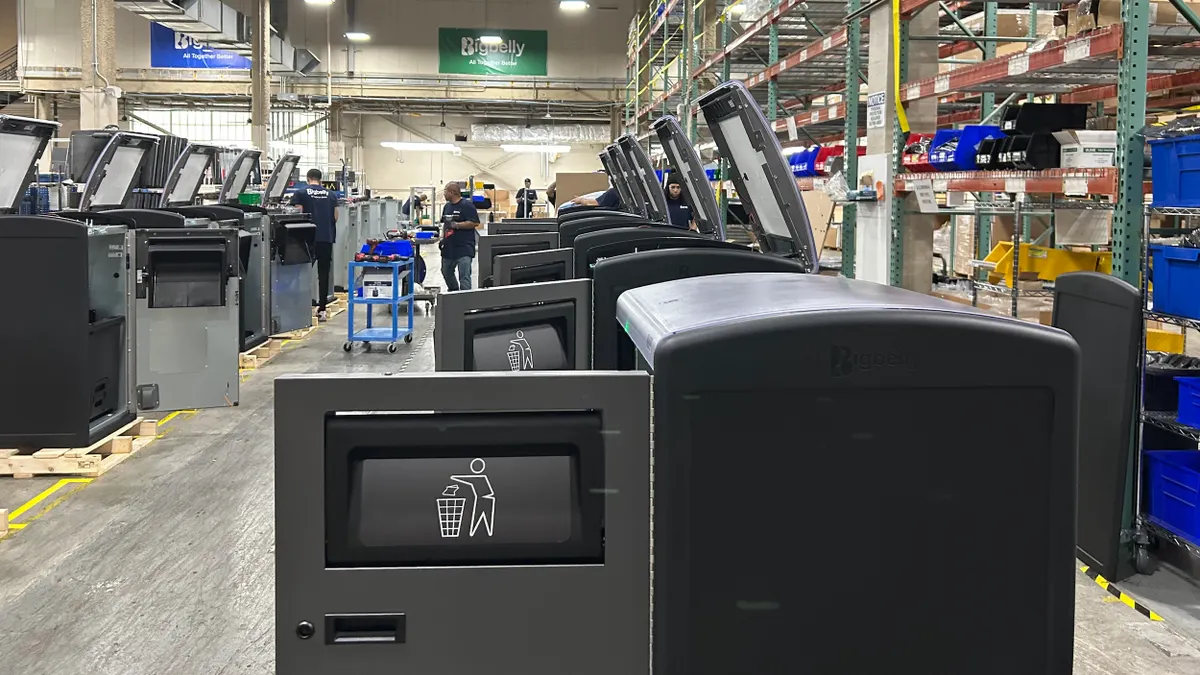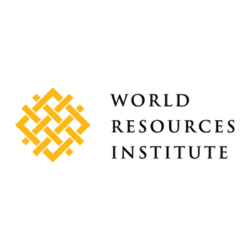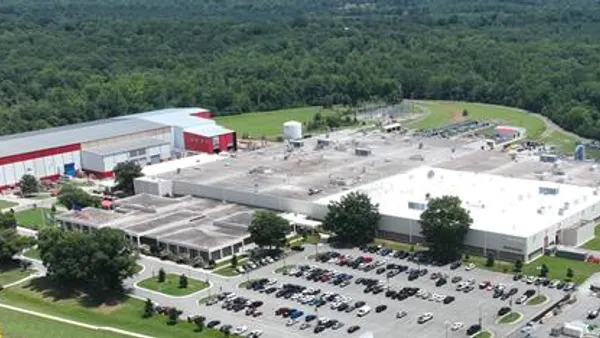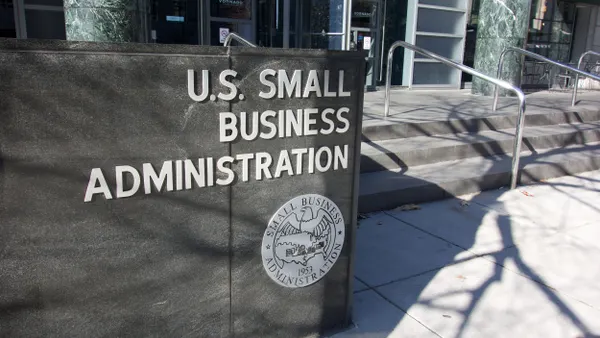Dive Brief:
- Chemical manufacturer Celanese announced plans last week to sell its electronic inks and paste business, Micromax, in an effort to generate cash and pay down its debt.
- The sale is also part of Celanese’s target to generate approximately $1 billion in divestitures over the next 2.5 years, SVP and CFO Chuck Kyrish said in his earnings remarks last week.
- The Micromax business, which is under the company’s engineered materials portfolio, is expected to generate over $300 million in revenue this year, according to the press release.
Dive Insight:
The Micromax brand is made up of of thick ink film and ceramic products that aerospace, healthcare and transportation customers use to manufacture components due to their resistance to heat and challenging environments, according to the website.
The brand was initially owned and established by DuPont de Nemours in September 2022, formerly under the Microcircuit and Component Materials name. The launch occurred two months before Celanese finalized its $11 billion acquisition of the mobility and materials segment from DuPont, which included the microcircuit and component materials brand.
“We felt like announcing the Micromax transaction was important because of the number of inbounds that we've had on this business and with us launching the process right now, we felt like being public with it made a lot more sense,” Celanese President and CEO Scott Richardson said in a May 6 earnings call.
Micromax is just the first of many divestitures, Richardson said. In a Feb. 19 earnings call, the CEO said the chemical company has been working “aggressively” on divestitures “for some time now.” Richardson cited its food ingredients joint venture with Mitsui & Co., called Nutrinova, as a reference to the kind of divestitures Celanese is pursuing.
Celanese is particularly evaluating its synthetic plastic and multi-functional polymeric materials portfolio under its engineered materials segment, as well as its methanol, acetic acid and redispersible polymer powders under its acetyl chain business, Richardson said during the February call.
“We're looking at everything that's not critical to kind of our core operating models,” Richardson told analysts last quarter. “And if it's not in those operating models, we're taking a look at it. But it needs to facilitate deleveraging.”
Celanese is taking other actions to generate more cash, according to its fourth quarter 2024 earnings presentation. Those steps include further manufacturing optimization, reducing distribution and warehouse costs and increasing its use of low-cost locations for shared service centers, Richardson said in his Q4 2024 remarks.
The company is focused on reducing up to $350 million in expenses as well as reducing inventory in its engineered materials portfolio by over $100 million by year’s end.



